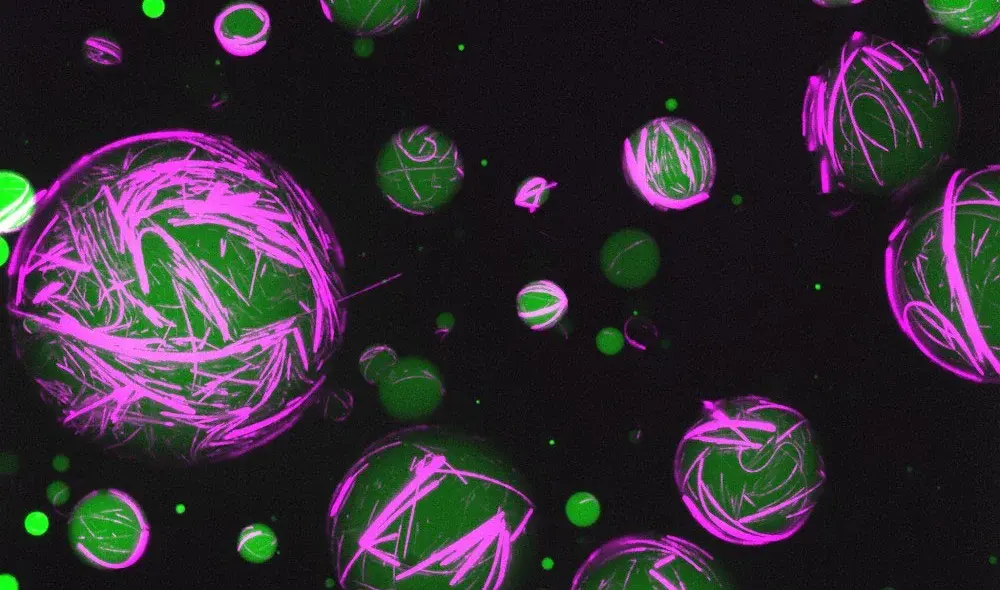Researchers are using advanced techniques to create functional cells by bridging the gap between synthetic and biological materials. In a new study published Nature ChemistryUNC-Chapel Hill researcher Ronit Freeman and colleagues describe the steps they took to manipulate DNA and proteins, the basic building blocks of life, to create cells that look and move like body cells. This industry-first achievement has implications for efforts in regenerative medicine, drug delivery systems, and diagnostic tools.
“With this discovery, we can create engineered tissues or tissues that can be responsive to changes in the environment and behave dynamically,” says Freeman, whose laboratory is in the Department of Applied Physical Sciences in the UNC College of Arts and Sciences.
Cells and tissues consist of proteins that come together to perform functions and form structures. Proteins are necessary for the formation of the cell framework called the cytoskeleton. Without it, cells cannot function. The cytoskeleton allows cells to be flexible both in shape and in response to their environment.
Freeman’s lab has produced cells with functional cytoskeletons that can change shape and respond to their environment without using natural proteins. To do this, they used a new programmed peptide-DNA technology that directs peptides, protein building blocks, and redesigned genetic material to work together to form the cytoskeleton.
Innovative DNA programming
“Normally DNA is not in the cytoskeleton,” says Freeman. “We reprogrammed the DNA sequences to act as an architectural material that binds the peptides together. When this programmed material was placed in a drop of water, the structures formed.”
The ability to program DNA in this way means that scientists can engineer cells to perform specific functions and even fine-tune the cell’s response to external stressors. Although living cells are more complex than the synthetic cells created in Freeman’s lab, they are also more unpredictable and more susceptible to harsh environments such as extreme temperatures.
“The synthetic cells were stable at 122 degrees Fahrenheit, opening up the possibility of making cells with extraordinary abilities in environments normally unsuitable for human life,” says Freeman.
Rather than creating long-lasting materials, Freeman says his materials are made for a purpose, meaning they perform one function and then are modified to perform a new function. Their application can be tailored by adding different peptide or DNA designs to program cells in tissues or materials such as tissue. These new materials can be integrated with other synthetic cell technologies, with potential applications that could revolutionize fields such as biotechnology and medicine.
“This research helps us understand what makes life tick,” says Freeman. “This synthetic cell technology will allow us to not only replicate what nature does, but also create materials that transcend biology.”
Source: Port Altele
